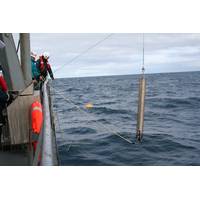
Listening to the Ocean Reveals a Hidden World – and How We Might Save It
specialized and relatively remote research area. Underwater bioacoustics was even more niche, with only a handful of labs having access to the expensive equipment and technical know-how needed to record and decipher aquatic soundscapes.Cheaper kits capable of more accurate recordings and powerful open source software have since brought the study of aquatic sounds to the scientific masses. This has led to a renaissance in our understanding of sound in the sea. And it turns out that the ocean is a very noisy place indeed.Life in an increasingly noisy oceanScientists are now discovering the extent to which
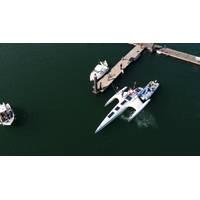
AI- and Solar-powered Autonomous Ship Mayflower Launched
decisions at sea without a human captain or crew on board. This is thanks to an AI Captain built by developers at ocean research non-profit ProMare and tech giant IBM, who leveraged IBM's latest advanced edge computing systems, automation software, computer vision technology and Red Hat Open Source software."Able to scan the horizon for possible hazards, make informed decisions and change its course based on a fusion of live data, the Mayflower Autonomous Ship has more in common with a modern bank than its 17th century namesake," said Andy Stanford-Clark, Chief Technology Officer, IBM
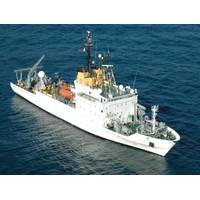
CMRE Open Library is Open for Business
as far back as 1961. The communities and collections are easily searchable by subject, date, title or author.Some of the content has been available before in a variety of locations. Now the full collection has been consolidated and is available in one place. The CMRE Open Library uses the DSpace open source software solution familiar to many researchers, providing a familiar search interface either directly or through academic search engines such as Google Scholar.“The CMRE Open Library allows for better visibility of its publications and technical papers, and makes this vital knowledge available
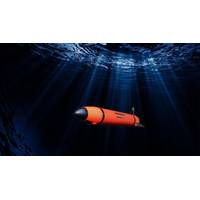
Good Undersea Vehicles Come in Small Packages
look like a “typical” industry offering it is differentiated by more than its small size. The focus on end-user needs was most prevalent in the software design. In contrast to typical proprietary architectures, the micro-UUV featured a flexible architecture leveraging a large amount of open source software. In the initial release of micro-UUV software, Riptide offered code for the Arduino and Beaglebone Black development platforms, as well as support for the MOOS-IvP robot control engine. This was a powerful feature set for any AUV. At a starting price around $15,000 there was significant market
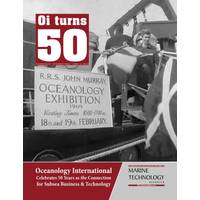
Oi: Tracking 50 Years of Ocean Innovation
, you had to write a text file and up load it to the computer of the robot, push a button and hope it didn’t have a typo,” he adds. “Now to do a mission plan you throw a couple of way points in and say go. The software does all the hard work of figuring out where to go.” Open source software has helped in this respect, he says, making these tasks easier to access.Throughout the decades, despite having sold his business in 1989, and having missed a few Oceanologies, Marty Klein has kept an eye on the industry. In 2018, he was invited to Oceanology by the company that now
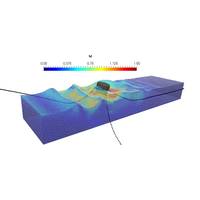
New Tools Optimize the Design of Floating Renewable Energy Devices
viability. This is particularly important in the case of offshore renewable energy where devices are intentionally placed in highly energetic marine sites.Tristan de Lataillade, Visiting Researcher at HR Wallingford through the IDCORE program, said, “What our new research shows is that by combining open-source numerical tools, we have the potential to simulate with accuracy the response of complex offshore floating structures to environmental loads in the marine environment.”The toolkit consists of two main components: Computational Fluid Dynamics (CFD) using Proteus open-source software, and
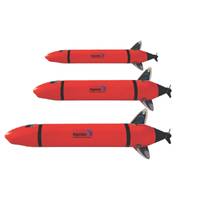
Taking UUVs Faster, Further & Deeper
, medium data rate acoustic underwater communications for a mission critical project. To accomplish this the client needed to operate for long periods in the deep sound channel. These waters, around 1,000 meters deep, are typically out of reach of smaller, more affordable UUVs. Riptide’s open source software and flexible mechanical design enabled the rapid development of this custom UUV and ensured the research program could be executed as planned. Figure 6 shows this vehicle as delivered.Case Study: Open ArchitectureIn addition to hardware versatility the Riptide approach enables software flexibility
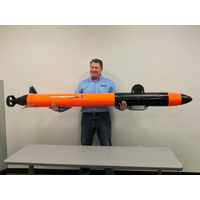
Riptide Displays Deep-rated UUV at Sea-Air-Space
demonstrate long range, medium data rate acoustic underwater communications for a mission critical project. To accomplish this we needed to operate for long periods in the deep sound channel.” These waters, around 1,000 meters deep, are typically out of reach of compact UUVs. Riptide’s open source software and flexible mechanical design enabled the rapid development of this custom UUV and ensured the research program could be executed as planned. The deep UUV is on display at the Sea-Air-Space symposium in National Harbor, Md., April 9-11. Also on display will be the second generation
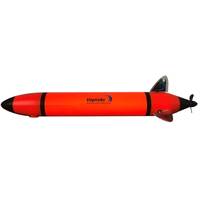
Riptide Launches Second Generation µUUV
our mission of deeper, faster, further UUVs for our diverse customer base.” The user-friendly features of the Riptide family including payload versatility and open architecture remain significant benefits of the MK II design, the manufacturer noted. Riptide’s open source software has continued to expand with updated mission planning, vehicle checkout and mission sortie execution tools. The MK II µUUV offers a 300m depth rating, speeds over 10 knots, and has endurance of 40+ hours at 2 knots without a payload on alkaline batteries. At base prices below $15



 February 2024
February 2024





